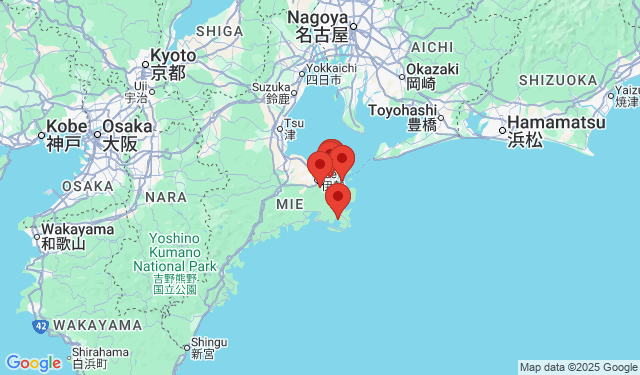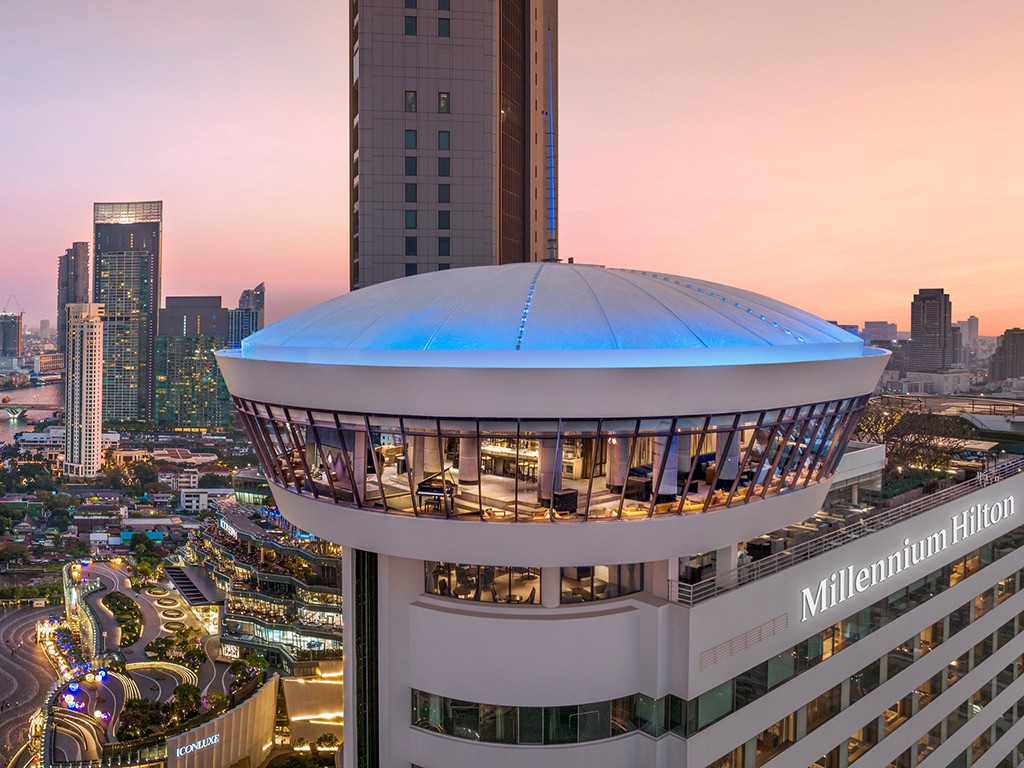
Ise Trip - Day2
 73
73
Futamiokitama Shrine (二見興玉神社, Futami Okitama-jinja) is a historically and culturally significant Shinto shrine located along the beautiful Futami-ura coast in Ise, Mie Prefecture. It has long served as a site for misogi, a purification ritual performed in the sea by pilgrims before visiting the nearby Ise Grand Shrine (Ise Jingu), Japan’s most sacred Shinto site.
The shrine enshrines Sarutah... read more
The shrine enshrines Sarutah... read more
Okage Yokocho (おかげ横丁) is a beloved historic street and commercial district located directly in front of the Naiku (Inner Shrine) of Ise Jingu in Ise City, Mie Prefecture, Japan. It’s part of the longer traditional approach street called Oharaimachi (おはらい町).
Historical Charm and Meaning
The area was reconstructed to recreate the picturesque townscape from the Edo to Meiji periods, a tim... read more
Historical Charm and Meaning
The area was reconstructed to recreate the picturesque townscape from the Edo to Meiji periods, a tim... read more
Uji-bashi Bridge (宇治橋) is one of the most iconic landmarks of Ise Jingu, located at the entrance of Naiku (Inner Shrine). Built entirely of Japanese cypress, the bridge stretches 101.8 meters across the Isuzu River, serving as the spiritual threshold between the everyday world and the sacred realm of the kami (gods). Visitors traditionally bow before crossing as a sign of reverence, while the act ...
read more
Ise Grand Shrine (Ise Jingū) is considered the pinnacle of Shinto spirituality and Japan’s most important religious site. Located in the tranquil city of Ise in Mie Prefecture, the shrine complex encompasses over 125 subsidiary shrines surrounded by ancient forests and clear rivers.
The heart of Ise Jingū lies in its two main sanctuaries:
Naikū (Inner Shrine), dedicated to Amaterasu Ōmikami... read more
The heart of Ise Jingū lies in its two main sanctuaries:
Naikū (Inner Shrine), dedicated to Amaterasu Ōmikami... read more
Oharaimachi (おはらい町) is a beautifully preserved historical street in Ise City, Mie Prefecture. Stretching for about one kilometer, it serves as the traditional approach to Ise Jingu’s Inner Shrine (Naiku), Japan’s most sacred Shinto sanctuary. The area retains the charming townscape of the Edo (1603–1868) and Meiji (1868–1912) periods, with wooden houses, tiled roofs, cobble...
read more
The Heart Stone is located along the Naiku Thanksgiving path, which connects the Ujiurata Municipal Parking Lot to Oharaimachi Street in Ise City, Mie Prefecture, Japan. This pathway leads to the inner sanctuary of Ise Shrine (Naikū), the most sacred Shinto shrine in Japan, housing the deity Amaterasu Ōmikami, the sun goddess and ancestor of the Japanese imperial family.
Within the underground pas... read more
Within the underground pas... read more
Mikimoto Pearl Island is a small island in Ise Bay, off the coast of Toba, Mie Prefecture, renowned as the birthplace of cultured pearls. In 1893, Kokichi Mikimoto succeeded in producing the world’s first cultured pearls here, laying the foundation for the global pearl industry. The island now operates as a popular tourist attraction offering insights into pearl cultivation and Japanese craf...
read more
Mikimoto Pearl Island is where Kokichi Mikimoto first successfully cultivated pearls in 1893. The museum is devoted to the history of pearl cultivation in Japan and worldwide, exhibiting pearls of various types, including the world’s most valuable. Displays cover pearl cultivation from ancient times to modern techniques, highlighting the cultural importance of pearls in Japan.
Visitors can w... read more
Visitors can w... read more
Yokoyama View Point (横山展望台, Yokoyama Tenbodai) is a celebrated scenic spot in Ise-Shima National Park, offering spectacular views across Ago Bay, a ria coastline famous for its winding inlets, small islands, and shimmering pearl cultivation rafts.
The main deck, known as the “Heavenly Walk” (Tenku no Asobidai), creates the impression of floating over the sea and is ideal for photograph... read more
The main deck, known as the “Heavenly Walk” (Tenku no Asobidai), creates the impression of floating over the sea and is ideal for photograph... read more





























